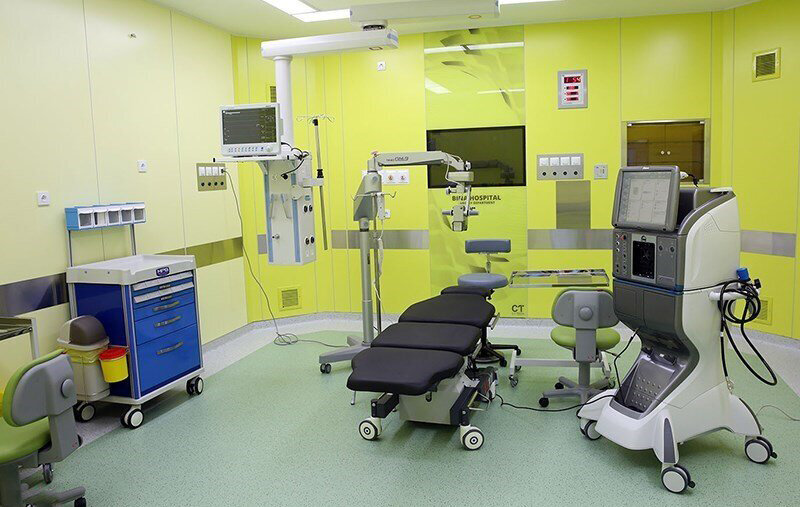98% of Iranians hold electronic health records

TEHRAN – Electronic health records have been set up so far for 98 percent of people in the country, Mostafa Rezaei, an official with the Ministry of Health, has said.
An electronic health record (EHR) is a digital version of a patient’s paper chart. EHRs are real-time, patient-centered records that make information available instantly and securely to users.
One of the key features of an EHR is that health information can be created and managed by authorized providers in a digital format capable of being shared with other providers across more than one healthcare organization.
EHRs are built to share information with other healthcare providers and organizations – such as laboratories, specialists, medical imaging facilities, pharmacies, emergency facilities, and school and workplace clinics – so they contain information from all clinicians involved in a patient’s care.
Only two percent of the Iranian population do not have an electronic health record service, and they can go to the service providers of their place of residence and create an electronic file, Rezaei explained, ISNA reported.
The electronic health record program was launched across the country in 2019.
The EHR project is jointly implemented by the ministries of health and ICT, the National Organization for Civil Registration, the Statistical Center of Iran, the Iran Health Insurance Organization, and the Social Security Organization.
Health indices improved
All the indicators of health and treatment have made significant progress after the Islamic Revolution, and now Iran is one of the leading countries in this field, the deputy health minister has said.
Health is one of the areas that got a good jump after the Islamic Revolution, ISNA quoted Saeed Karimi as saying.
It should be noted that in the early years of the Revolution, even for a cataract, which is a routine ophthalmic operation, the patient was sent abroad, but now patients from abroad come to Iran for the most advanced surgeries, he highlighted.
“At the beginning of the Revolution, there were just 56,000 hospital beds, but now we have 156,000 hospital beds,” he noted.
Meanwhile, there were just seven thousand specialists, but now there are 70 thousand specialists and sub-specialists in the country, he added.
Therefore, the health indicators after the victory of the Islamic Revolution cannot be compared with the conditions before the Revolution, Karimi said, adding that although 40 years have passed, many countries have not found such a leap in their healthcare.
Iran has one of the strongest health systems in the region and this opportunity should be used optimally in the field of health diplomacy, Health Minister Bahram Einoullahi has said.
In June 2021, Ahmed al-Mandhari, the World Health Organization director for Eastern Mediterranean Region, said the Islamic Republic of Iran is a role model for primary health care.
For the past four decades, its PHC network has aimed to ensure that people have timely access to affordable, accessible, and acceptable essential health services, he explained.
In October 2021, World Health Organization (WHO) representative to Iran Jaffar Hussain, said that Iran's health system can be a model for other countries in the region, especially in the field of health and the use of valuable forces such as healthcare providers.
The national budget bill for the next Iranian calendar year 1402, which starts on March 21, has increased the health sector’s budget by 29 percent compared to the current year’s budget.
The bill has proposed a budget of 2,730 trillion rials (about $6.8 billion) for the Ministry of Health, IRNA reported.
The administration has also proposed 690 trillion rials (about $1.7 billion) as subsidies to provide medicine by health industries.
MG
Leave a Comment